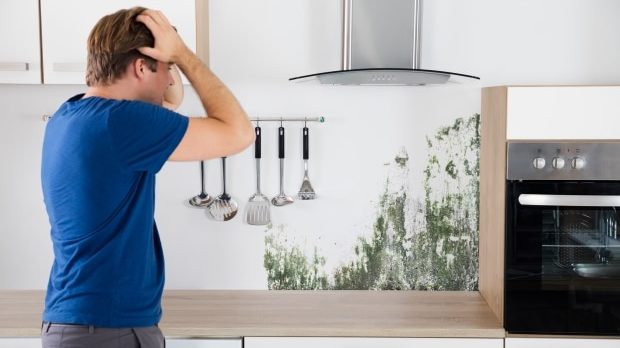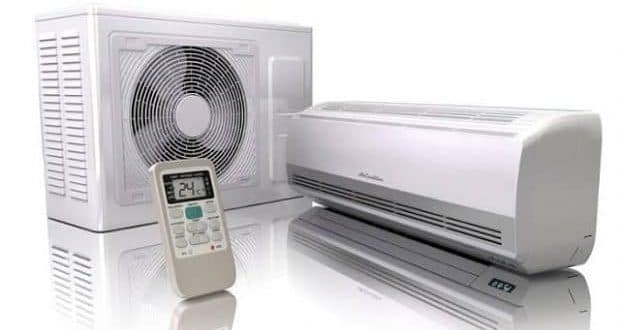How To Stop Mold Growing On Your Walls
Mold is simply the visible manifestation of fungi and other bacteria on your walls. It’s not a nice sight and can present a serious health risk.
Unfortunately, mold is generally an indicator of a bigger problem. A problem you might not be aware about until the mold is visible.
This is why it’s essential to have a dilapidation report completed before you purchase your home. A dilapidation report similar to a property inspection is a report on the condition of a property at a given point in time.
You should also have one done regularly once in your home to help ensure you capture problems before they become a major issue.
There are several common signs for mold you should be aware of:
- A moldy smell.
- Visible mold on walls or furniture.
- Stains, especially from water leaks.
- Excessive levels of condensation.
- Frequent headaches, dizziness and short attention span.
Dealing With the Mold
Once you know you have a mold issue it’s important to deal with it quickly and effectively. Here are the steps you need to take:
Humidity
Moisture is mold’s best friend. The bacteria which causes mold need oxygen and moisture to grow. They will spread much quicker in these types of environments.
A dehumidifier can help to reduce the amount of moisture in the air, restricting or even preventing its growth.
Identification
It’s important to visually inspect your home on a regular basis, particularly the lowest levels. Anything below ground level can be subject to rising damp and even areas which are unheated in the winter can become damp.
A moisture reader will allow you to verify how much moisture is in the walls. If it’s too high then you should use heat to dry out the room and then redo the moisture readings.
If the moisture readings continue to be high then you will need to look at the root cause. This could be:
- Rising damp, you might need a new damp proof layer in your home.
- Leaking windows; allowing the moisture into your home.
- Leaking roof.
- An area of the house that floods regularly.
Drying Out
After a flood it’s quicker and more effective to dry an area with cold air than with hot air. This is because hot air will increase the amount of moisture present.
If you need to use heat then you should also have a dehumidifier in the room. Any wet item in your home should be dried quickly and preferably outside the house.
Drying inside pushes the moisture into the atmosphere; encouraging the mold to grow.
Ventilation
It’s also important to make sure there’s good ventilation throughout your home. This removes the moist air and prevents it from boosting mold growth.
It’s particularly important to ventilate when producing moist air, such as in the shower or from your dryer.
You should also make sure your gutters are clear and water flow is directed away from your home. This will prevent the water from finding its way into the foundations and trying to rise up through the walls.
Once you remove the mold from the wall the most common way to decorate it is by using paint. After all, this is the fastest way to transform the look of any surface and create a clean, fresh look!
There are actually many other ways in which you can decorate a wall to make it look stylish, functional and personal.







Great tips to control mold. Stop the source of the moisture and there shouldn’t be a mold issue. This is much easier said than done.
Thanks Gabe for sharing. I imagine in certain cases identifying and stopping the source of moisture can be a challenge.
Gerardo